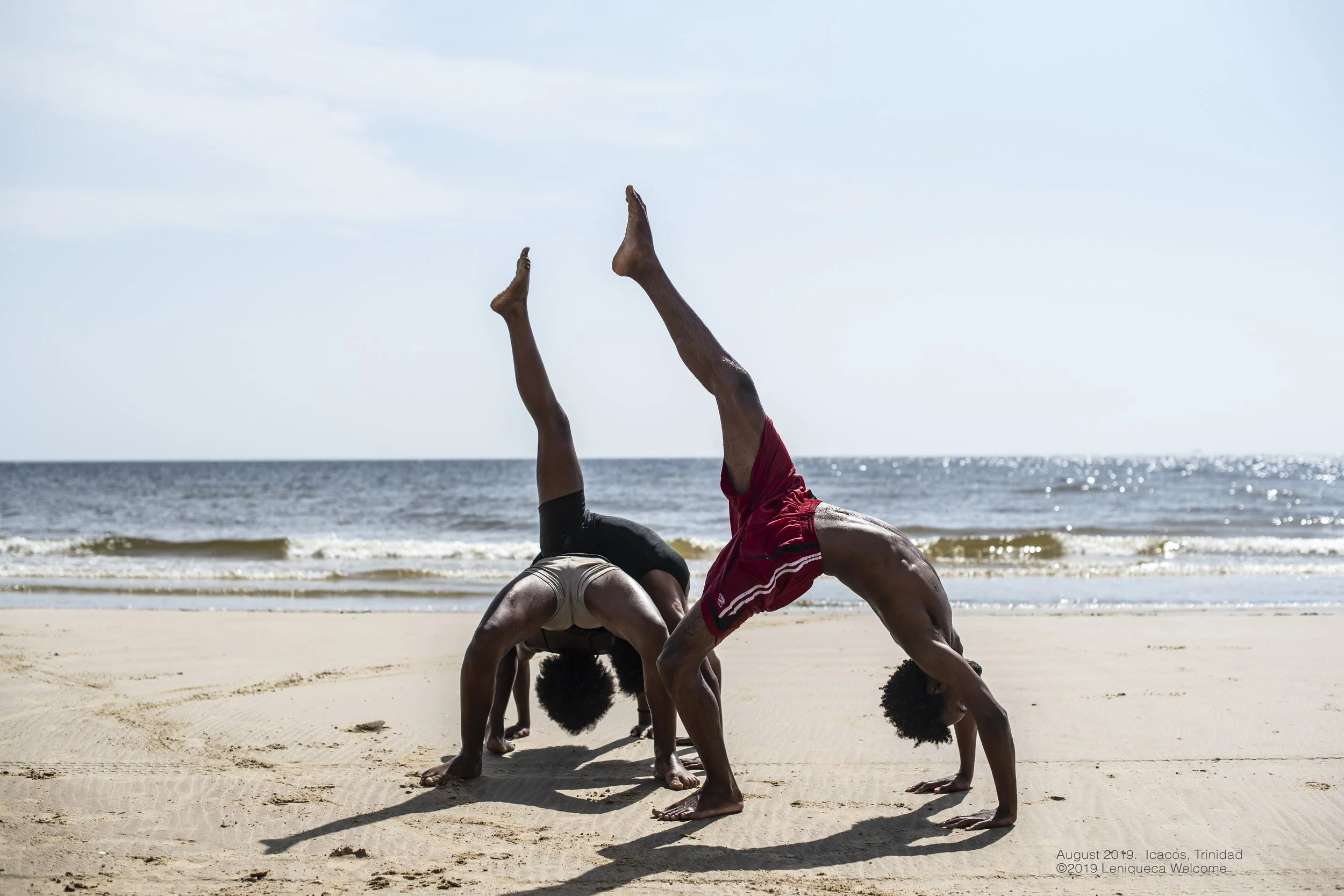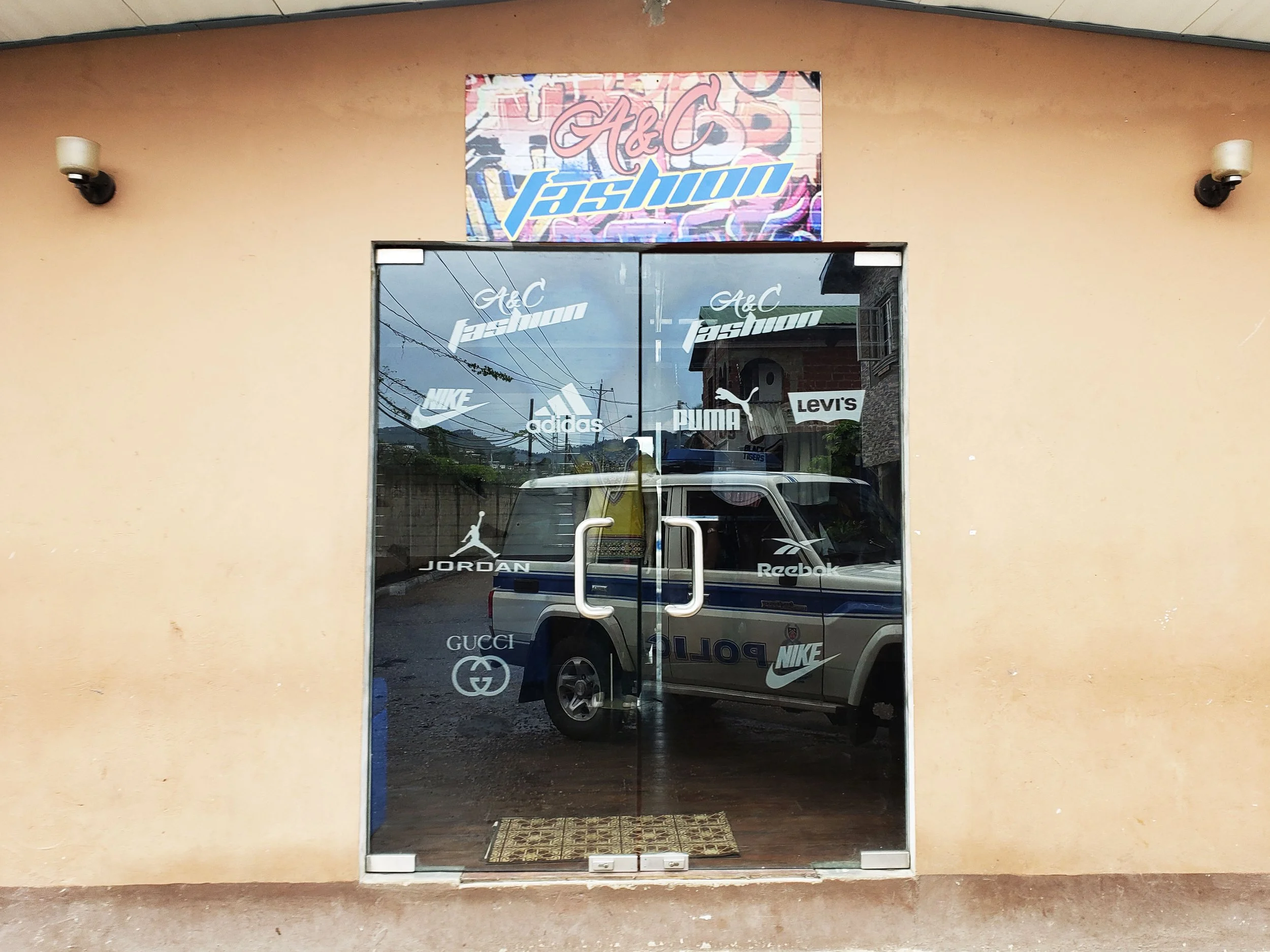Wrestling through (field) research and work (flow)
“Do you remember where we are and how we struggle?”
I was teaching Isoke’s piece on Black Ethnography and Black female aesthetics in class today and before I launched into the meat of the session, I was wondering if my students were ever taught to be students. Then, I thought about whether or not I was taught to be a researcher, writer, learner?
Repeating Isoke’s question, do you remember where we are and how we struggle? Yes, we are flickering on and off zoom screens. Our pupils are dilating and adjusting to all types of levels of brightness and we are transcending time zones as COVID-19 has made talks more accessible and we have registered for all of them at the same time in different time zones. We are managing responsibilities at home and have no work life balance. We are trying to mitigate COVID fatigue, isolation, depression, and all the while maintain our productivity. We must teach, we must write, we must organize, we must revise, we must present, and we must publish.
“I wanted this blog post to be a moment where we can learn to be where we are and how we struggle. ”
I can honestly keep going and extend this even more but in a pointed conclusion I have decided I am in the struggle, in fact, I probably have never left the struggle. I think a lot about careers outside of academia, about 9-5 jobs, and what a workplace is. I have come to the conclusion that as an academic the real office is my head. I spend all day in my head. I am reading and writing and thinking, not just because I am cerebral, but because it is legit my job. So, then what happens when your head is not a place you want to be? How can you tidy up this work space? I do best with applied approaches.
I wanted this blog post to be a moment where we can learn to be where we are and how we struggle. This moment in the academy reminds me actually of the moment during my field work where I thought to myself, “so, what did I learn in my methods?,” followed by, “so what do I do?” I am not proposing I have compiled an exhaustive overview of methods to survive teaching through the zoomification of life and increasing your productivity and workflow, but these are things (actual real life things you could apply) to test out.
Sometimes, we are expected to produce and have deadlines pressing upon us in a way that seems almost impossible to keep track of and keep up with. I realize it helps me to have tangible strategies or steps to try out to engage in the labor of writing from a different entry point.
“I realize it helps me to have tangible strategies or steps to try out to engage in the labor of writing from a different entry point.”
ERASURE
Screenshot from my Evernotes app where I have my field notes taken during my time in Puerto Rico and I have used the mark up tool to redact certain parts of the original field notes.
The redactions are not presented to obscure the information on the page, but rather to re-present the information. In its re-presentation I am forced to look at what I wrote and what else can exist on that page. I make decisions through erasure to re-create various poetic levels of understanding.
These erasure poems and the method of what and how I erase or conceal has made me think about what I want to write. They have made me see things, revisit things, and a lot of times they made me experience a different type of reflexivity. This type of creative labor deepens my engagement with my drafts and oftentimes propels me to want to write again.
It is messy because I never thought I would be sharing these for real, but here I am.
COLLAGING
One of my colleagues and co-conspirators, Leniqueca Welcome, does something different. She uses collaging in her ethnographic practice. In her recent article, “Abstraction, witnessing, and repair; or, how multimodal research can destabilize the coloniality of the gaze” co-authored alongside Deborah Thomas, Welcome attends to witnessing and refusal. Collaging, or the abstraction allows a capturing of the affective, non-linear, and unpredictable.
On the left is the core image that Welcome uses to create “Out of Order.”
“Collaging helped me to process during fieldwork. Process both in terms of collating and reading data and emotionally contending with the things I was experiencing in fieldwork. My collaging method is essentially as follows: I take pictures that act as visual field notes. I later go through these pictures and usually some image will really move me (or an image remains with me from the moment of taking it)--I just feel the intense need to work with this image so I start there. Then I layer parts of other images that I feel need to be in conversation with this image and keep stitching things together until it feels done. This affective form of working has been helpful to me because it allows me to make connections over space and time before I fully know or have words to describe the socio-political relations that are critical for understanding the developments of my field-site. Collaging also allows me to work with and through stories of violence in a way that feels ethical to me. Understanding that the existing visual field is inundated with poverty porn and sensationalized images of violence that criminalize low-income black people collaging has allowed me to address the multiple violences black working poor people in Trinidad are exposed to in a quiet way that is attentive to the complexity of their everyday experience.” - Leniqueca Welcome
Above is the core image used for “Road Block” by Welcome
“I take pictures that act as visual field notes. I later go through these pictures and usually some image will really move me (or an image remains with me from the moment of taking it)—I just feel the intense need to work with this image so I start there. ”
The core image and the collage entitled, “Over-exposed”
PLAYLISTS
Another way to expand what we have been taught about writing through various methods is through music. I have always incorporated music into my writing practice. I curate playlists based on season, mood, and also chapter or article. If you had to create a playlist for your manuscript what would it be? Recently, Corey Miles tweeted that he has incorporated this into his teaching. What would it look like for you to incorporate this into your writing?
“If you had to create a playlist for your manuscript what would it be? ”
OTHER PROMPTS
You could also use what Rachel McKibbens names as ghostlines wherein by you start a section of writing with the line of a poem, song, or book. Use it as your launchpad and then erase it or keep it, but always cite it. Another thing I do is draw or paint whether it be maps of where I went all the time or an image I recall. The more we remember writing is as much about getting into our bodies as it is getting words out of our heads, the less we dread it. Another approach to writing is to write in what I call sprints, or what Jessica Johnson calls small chunks, as she gets into the glories and joys of Scrivener as not only a writing space but a workshop.
I hope that these writing exercises help ignite creativity and propel you to finish whatever manuscript you might be working on. In an academy full of theorizations and abstract ideas concerning productivity, this is my attempt to give concrete practices and prompts to help wade through the daunting and relentless rhythm of productivity. I would love to live a life that riffs over that consistent clock of labor, but that is not the case under capitalism. Everyday, my mom tells me “do what you gotta do” and sometimes that is rest, but most times that is me figuring out how to do work despite being in the struggle. Hopefully, this helps us all do what we gotta do. - Sarah
“The more we remember writing is as much about getting into our bodies as it is getting words out of our heads, the less we dread it. ”
Below you can find some other notes about how to withstand or flow with the struggle we are currently in. I hope that these strategies, models, and resources assist you and meet you in the struggle.
On making writing communal practice
I am notorious for co-working. Mostly, because I felt isolated during coursework and found it hard to carve out time to see my friends. But, with pomodoros and writing groups you can make getting by more tolerable. Pomodoros or the tomato method is where you work for 25 minutes and then take a break for three, after several rounds you can take a longer break. I tend to work for 35-45 minute rounds. This comes in handy when multitasking or getting into the “flow” and focusing. The pomodoro method is especially helpful when coworking because then on breaks you can chat and check in with each other.
Organization
Evernote syncs across devices. It is organized through notebooks, stacks, and also you can tag individual notes with hashtags to use later for searching. More than that, during the writing process it uses a genius feature to suggest notes that might be related to the one you are viewing. You can also install the toolbar tool to create pdfs of webpages to store in your notebooks, which comes in handy for twitter. You can also save and categorize photos in evernote alongside readings and PDFs.
Notability/ Goodnotes is nice for me when I want to handwrite on my ipad with my apple pencil and play with the different colored paper and ink. This is because I find it hard to read physical book copies and type notes into evernote, and because I do not want to type up handwritten notes later. With these apps you can also convert your handwriting to text.
Calendy because I don’t have to field emails for students to schedule meetings with me and can sync all of my calendars to it.
(Notion deserves its own post but I encourage you to look into it for all your collaborative work needs. You can assign tasks and set reminders for the tasks. Especially useful during grant season and job market season)
Tracking: something that has always made sense to me is breaking my day up into morning, afternoon, and evening. It allows me to manage my to do lists and plan more effectively. I plan writing or active work in the morning, meetings and reading and teaching if I can help it during afternoons or evenings. But, if you have never tracked your own productivity or attention engagement, I strongly suggest you do. Emily Yun, an ethnomusciologist at Duke assigns this type of log to graduate students so that they become more aware of how they function. More than that, Yun assigns it so that students can prioritize rest and health. I, myself, have assigned it to my students so that they can be more aware of themselves.









